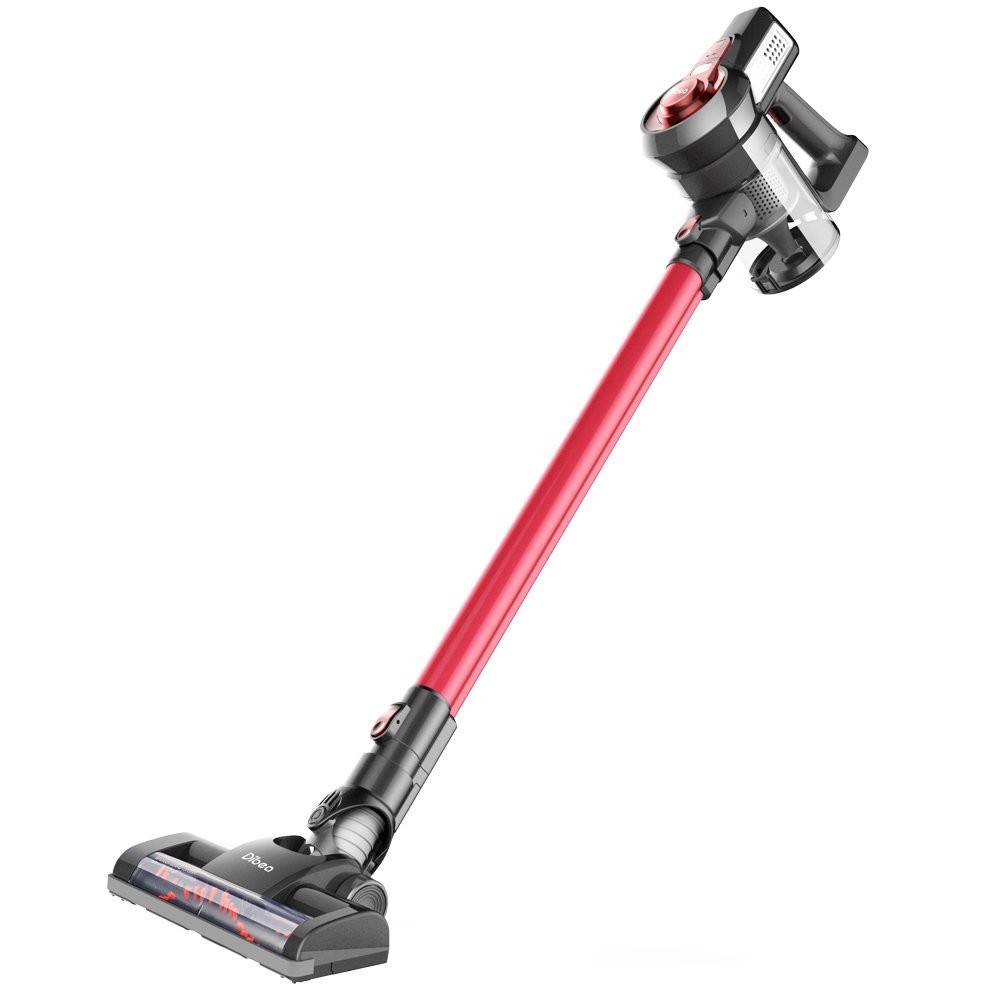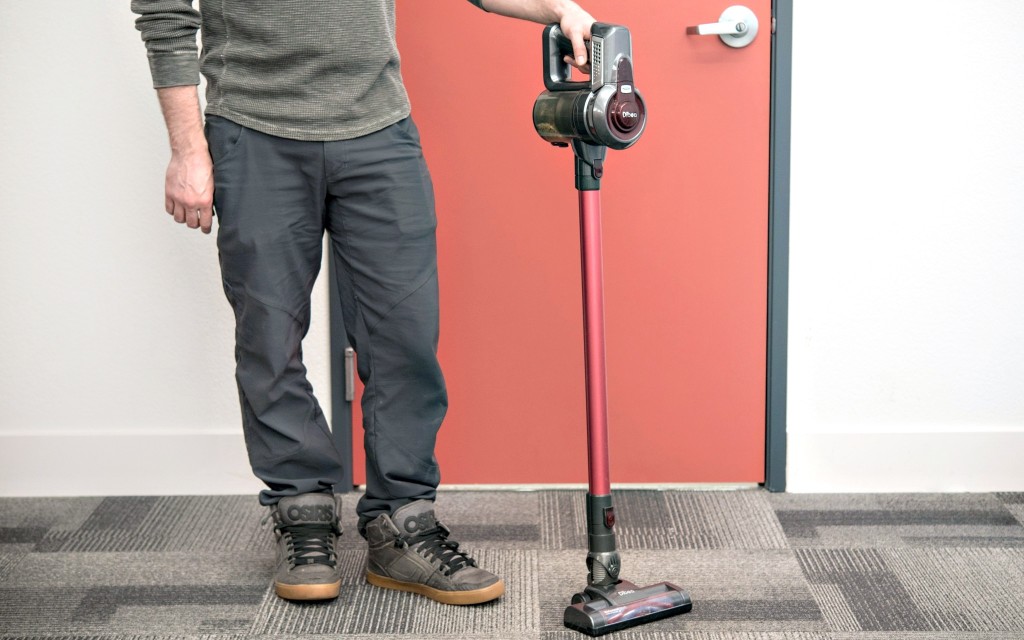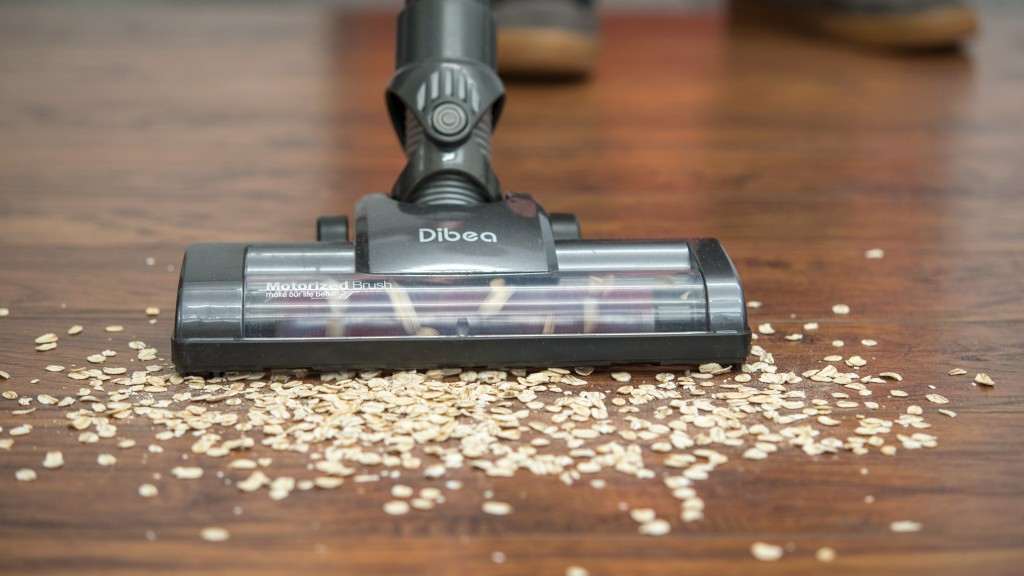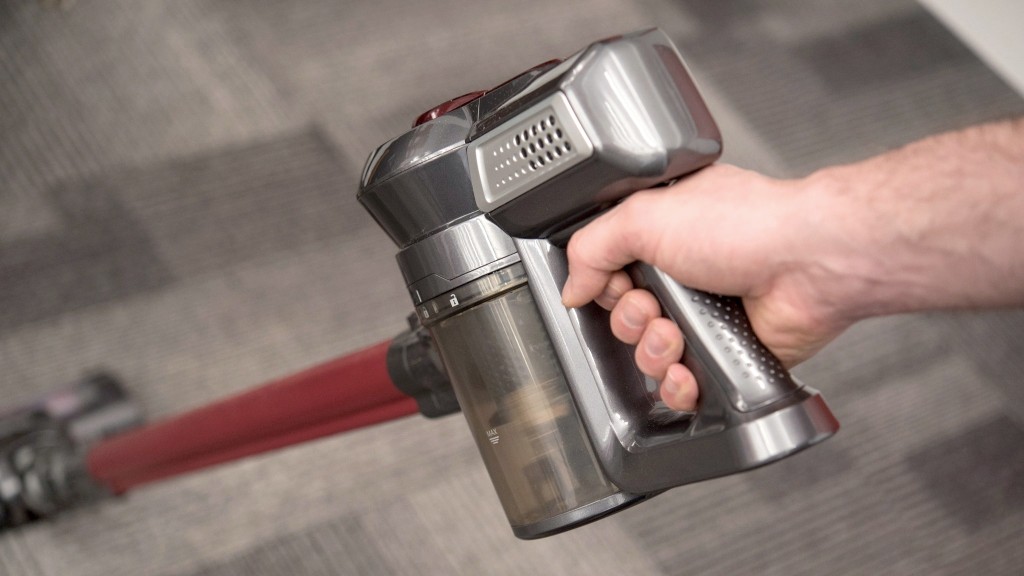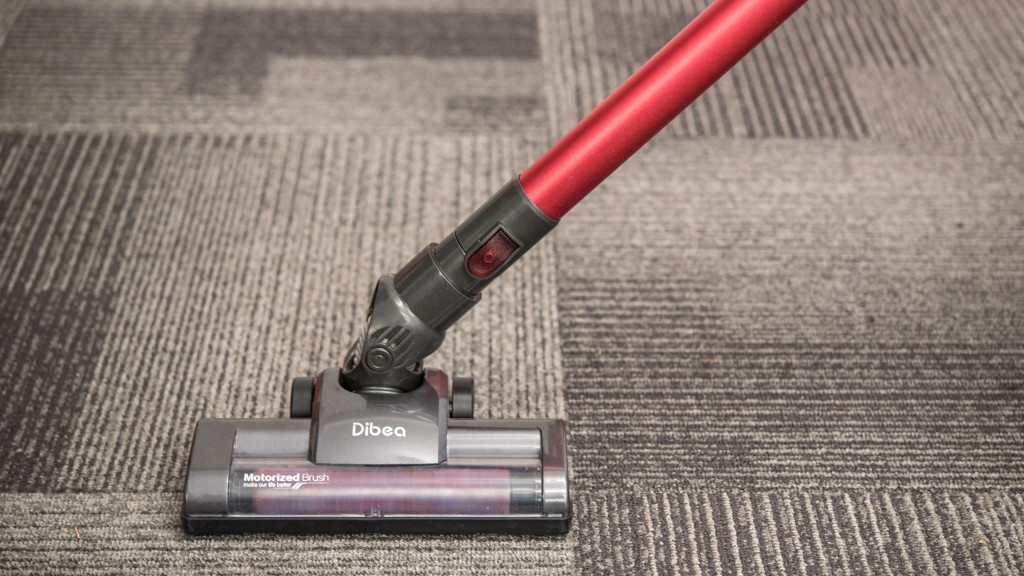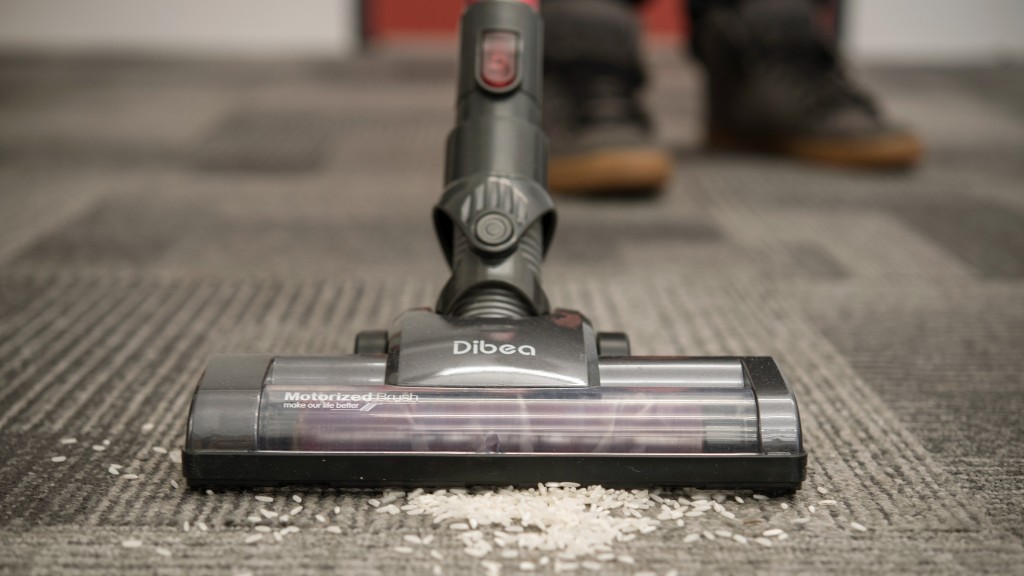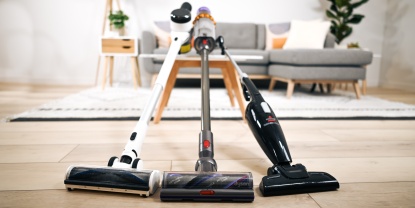Dibea C17 Review
Our Verdict
Our Analysis and Test Results
The Dibea finished right behind the Deik, only lagging behind by a single point. The Deik costs about $30 more, but is far superior at cleaning carpets. The Dibea and the Deik are both about the same level of convenience and equally easy to use, but the Dibea has a slight edge at cleaning hard floors. The Dibea finished a few points ahead of the Bissell AirRam, which costs about $90 more. However, the AirRam also outperformed the Dibea when it came to cleaning carpets.
Performance Comparison
To determine which stick vacuum is truly superior, we bought all of the highest regarded products on the market and pitted them against each other in a series of head-to-head cleaning challenges, as well as ease of use and convenience competitions. The following sections describe how the Dibea performed and how it compares to the rest of the group.
Convenience
Comprising 35% of the total score, our Convenience metric is king when it comes to these products. Stick vacuums are intended to be a hassle-free way to quickly and easily keep your floors clean, so we naturally placed the most weight on a product's performance in this metric. Scores are based on how versatile each product is at cleaning other parts of your home beyond the floors, its weight, its battery life, and how easy it is to store the vacuum. The Dibea performed quite well, meriting a 7 out of 10 for its showing.
This model makes it very easy to swap out attachments, converting it into a handheld vacuum that can be used to clean other parts of your house. These accessories lock into place with the click of a button and the Dibea includes an edge and small brush attachment, as well as the powered floor brush.
This cordless stick vacuum is slightly lighter than average, as shown below.
It also has a solid battery life, lasting for over 26 minutes. This compares very favorably with the rest of the group.
It takes a little over 4 hours to charge — about average for these products. Unfortunately, this vacuum is not stable enough to stand freely and must be stored mounted to a wall with the included bracket or propped up against something.
Hard Surface Cleaning
Moving on to the actual cleaning capabilities of the Dibea, we ranked and scored its performance on hard floors first. This metric, accounting for 30% of the total, is based on each product's performance at cleaning a variety of different debris from a section of laminate floor. The Dibea again did quite well, earning another 7 out of 10.
Starting off, we spread ¼ cup of rice on the floor. The Dibea handily sucked up all of the debris in a single pass, though we had to use the high power setting. The low power setting failed to pull the rice all the way into the collection bin and it would come cascading back out of the vacuum as soon as we turned the power off. We repeated this test with oats, with the Dibea performing similarly well, only requiring a quick subsequent pass to collect a few stray pieces.
Moving on to our flour challenge, the Dibea again did very well. It took about two passes to get all of the flour, even collecting some that fell into the cracks between boards.
Performance dropped a little when we tasked it with collecting pet hair, but it was still above average. However, it was in our Cheerios test that the performance of the Dibea really plummeted. This vacuum did an abysmal job, tending to push the Cheerios around rather than collecting them and they routinely got stuck in the front of the vacuum.
Ease of Use
Next up, we assessed how easy each is to use. This set of tests, responsible for 20% of the final score, consisted of judging how well each stick vacuum handled, its noise, the ease of cleaning under furniture and close to walls, as well as the number of different cleaning modes each one had. The Dibea's performance dropped slightly, earning it a 6 out of 10 in this metric.
Starting off, this product did a mediocre job at cleaning the edges of the room. The front of the vacuum can clean in close, but it does a horrible job when cleaning parallel to the edge, leaving tons of debris behind.
This vacuum has a very low profile, reaching a little over 34" under our simulated sofa.
This vacuum is extremely quiet — definitely one of the quietest that we have ever tested, as shown below.
The Dibea does have swivel steering, but we weren't fans of how it handles.
It greatly oversteers, over-rotating with the slightest touch. This made it a little difficult to maneuver and a bit of a pain to handle. This product also offers two cleaning modes, high and low power.
Carpet Cleaning
For our final metric, accounting for the remaining 15% of the total score, we judged the Dibea's skills at cleaning carpeted floors. We used the same set of tests as the hard floors metric, performing them on both low-pile and medium-pile carpet. However, there was a marked difference in the Dibea's performance, with this vacuum earning a 4 out of 10 for its lackluster performance compared to its solid performance on hard floors.
Starting off with rice, the Dibea did a mediocre job at cleaning the low-pile carpet, getting most of the debris on the surface. However, it did take four passes to get it marginally clean. This product did much worse with the fluffier carpet, leaving tons of debris embedded in the piles of the carpet.
It also struggled with the flour, delivering a mediocre performance on par with the Black+Decker and substantially worse than the Deik.
It redeemed itself a bit in the tests with oats, but it still performed below average on the whole. For the Cheerios challenge, it again tended to pile them up rather than collect them. The Dibea finished out this test with a particularly poor performance at collecting pet hair, leaving the bulk of the hair behind. It collected a few strands that were on the surface, but failed to extract any that was even remotely trapped in the piles of the carpet.
Value
For all of its flaws, the Dibea is actually a pretty solid option when shopping on a budget, provided you primarily have hard floors.
Conclusion
The Dibea does a decent job at handling lighter messes, lacking the power to clean carpets or heavier amounts of debris. If you have carpeted floors or more mess to clean, then the Deik is definitely a better option and worth the extra $30 bucks. However, if you only have hard floors and don't expect too much, the Dibea is a great option to save you some cash.


